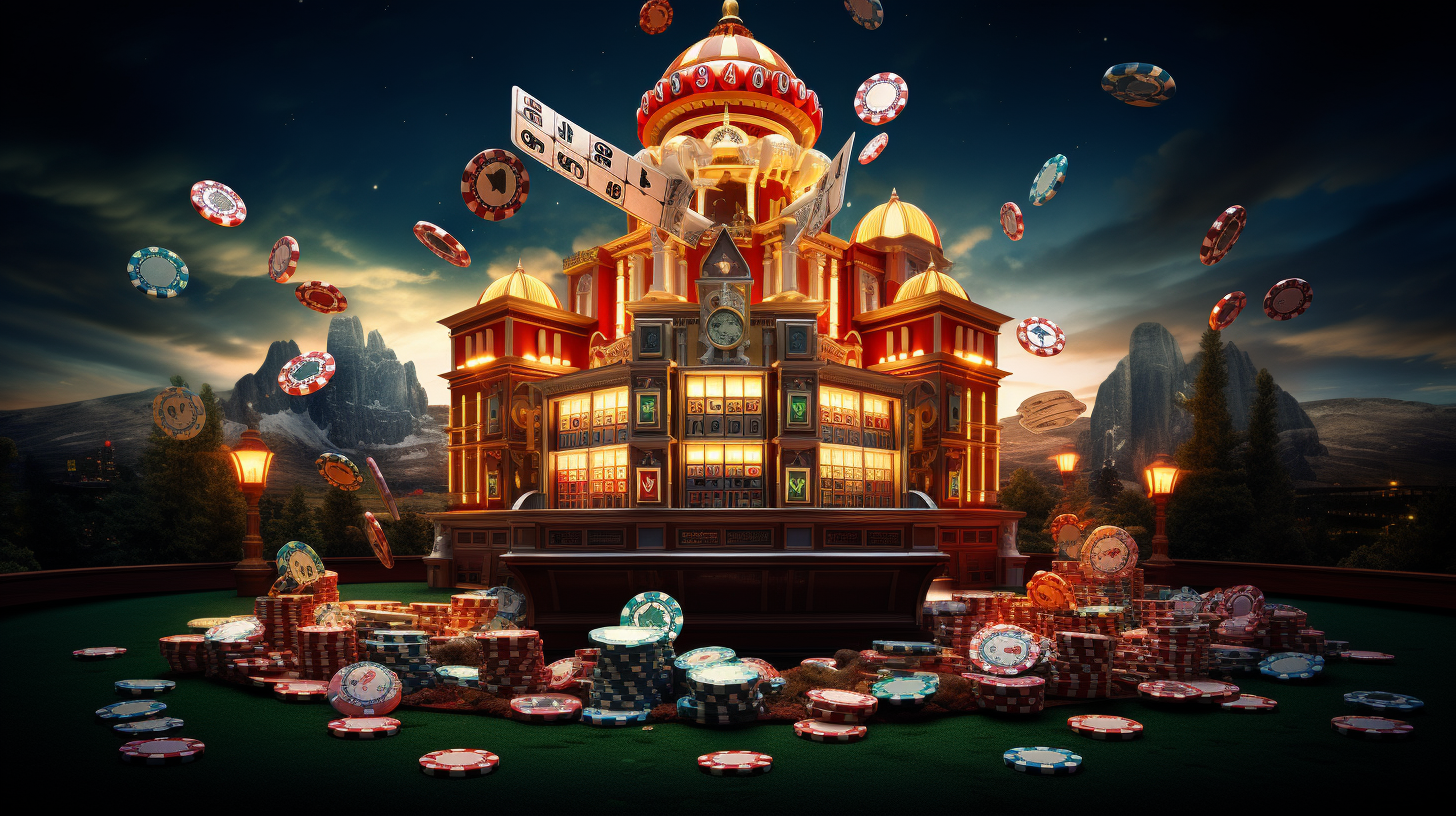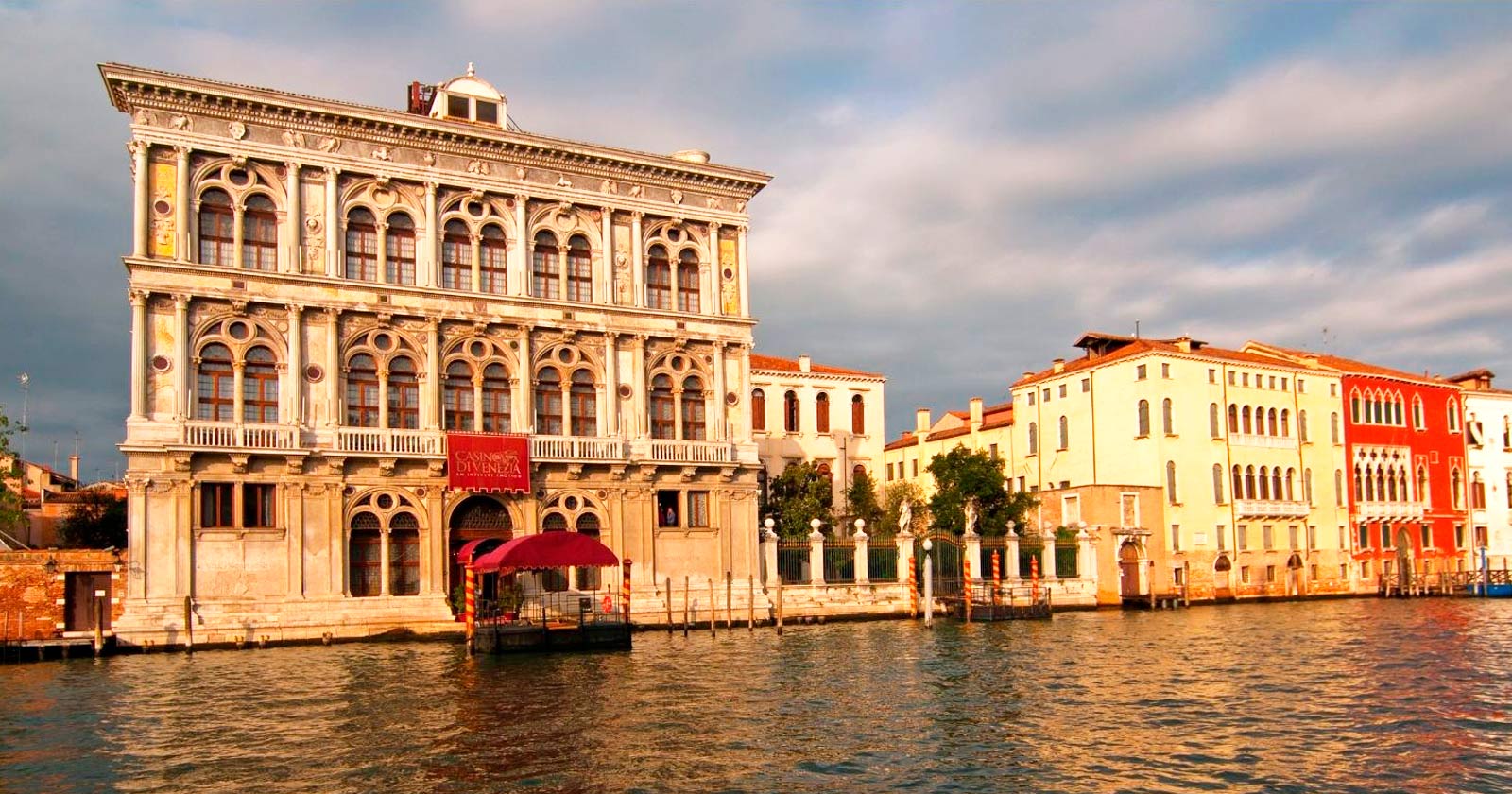
In a lively and stimulating world of gaming establishments, where fortune and strategy intertwine, color and design play a key role in attracting players. As soon as visitors step inside a casino or log into a gaming website, they are immersed in a visual feast that grabs their attention and lures them to discover more. Bright colors, engaging graphics, and creative layouts are carefully crafted to create an atmosphere of thrill and anticipation, ultimately enhancing the gaming experience.
While players navigate through the dynamic landscape of casino games, they encounter a variety of designs that not only serve aesthetic purposes but also influence emotions and choices. Hues like scarlet and yellow symbolize wealth and luck, while calm blues and greens can create a more tranquil environment. Grasping how these elements function together allows casinos to create an inviting and stimulating atmosphere that encourages players to engage with the games, spend additional time at the tables, and increase their general enjoyment.
The Psychology of Color in Gaming Establishments
Color plays a critical role in the creation of gambling games, shaping player emotions and actions. Bright and bold hues, such as red and gold, are often used to stimulate thrill and attract focus. These colors create a sense of urgency and dynamism, encouraging participants to engage more enthusiastically with the experience. By thoughtfully selecting hues, creators aim to inspire feelings of satisfaction and anticipation, which can enhance the overall gaming experience.
Various colors also have psychological connotations that can influence how participants perceive their chances of victory. For case, emerald is commonly associated with fortune and wealth, making it a frequent choice in games like the roulette wheel and poker setups. This connection can lead players to feel more positive and confident in their gaming, ultimately inspiring them to wager more. Comprehending these links allows game developers to craft environments that enhance player enjoyment and loyalty.
Furthermore, the design of gaming interfaces often uses blended colors and contrasting colors to direct players’ responses. For case, winning outcomes may be emphasized with striking, differing hues, creating a visual incentive. casinos not on GamStop This method strengthens successful results and supports repeated gameplay. By exploiting the science of color, gaming venues can create games that not only draw participants but also maintain them interested and committed in their game experience.
Design Elements that Engage Gamers
The visual appeal of casino games is largely influenced by the use of bold colors. Bright and striking colors are strategically chosen to create an inviting atmosphere that grabs interest. For example, reds and golds often signify luck and wealth, which is why they are common in the color schemes of gaming machines and game surfaces. These colors not only draw players in, but they also evoke emotions associated with thrill and anticipation, enhancing the overall gaming experience.
In addition to color, the aesthetic and layout of casino games play a crucial role in player attraction. Games are designed to be intuitive, ensuring that players can quickly understand the guidelines and mechanics. Accessible interfaces, along with captivating graphics and motion, help maintain player interest and promote longer play sessions. The physical elements, such as the feel of the buttons and the audio of the games, also add to a holistic sensory experience that keeps players engaged.
In conclusion, conceptual elements in game design can significantly influence gaming decisions. Many casino games are inspired by popular culture, myths, or exploration motifs, featuring symbols and characters that connect with players. These themes create a sense of engagement and relatability, making each game feel distinct. When players feel a connection to the theme, they are more likely to opt for that game over others, leading to higher participation and excitement within the gambling environment.
Case Studies: Successful Casino Game Designs
One prime example of impressive casino game design is the well-known slot machine series based around blockbuster movies. Games such as those based on the The Wizard of Oz and Game of Thrones utilize bright colors and superior graphics to engage players in well-known narratives. The use of moving visuals and engaging sound effects captures the attention of players, establishing an psychological connection to the theme. This strategy not only promotes longer play but also boosts the overall gaming experience, leading to increased player retention.
Another effective case is the use of color psychology in table games like blackjack and roulette. Casinos often create these games with rich reds and greens, colors traditionally associated with luck and wealth. For instance, the emerald felt on a blackjack table provides a relaxing effect, while the crimson accents in roulette invite anticipation. This thoughtful use of color helps to establish an inviting atmosphere that stimulates players to participate, fulfilling their psychological impulses and increasing their enjoyment.
Finally, social casino games that incorporate social features and bright, dynamic designs have seen remarkable success in engaging players. Games like Zynga Poker and Slotomania leverage vivid colors and playful animations to forge an inviting online environment. The addition of leaderboards, social sharing options, and in-app rewards promotes competition and community, pulling players in for longer sessions. Such designs not only make the games visually appealing but also underscore community engagement, a key factor in player retention and engagement within online casino environments.



